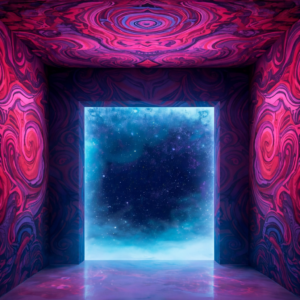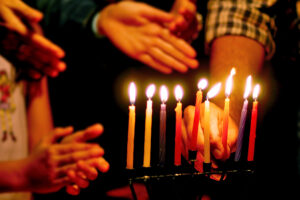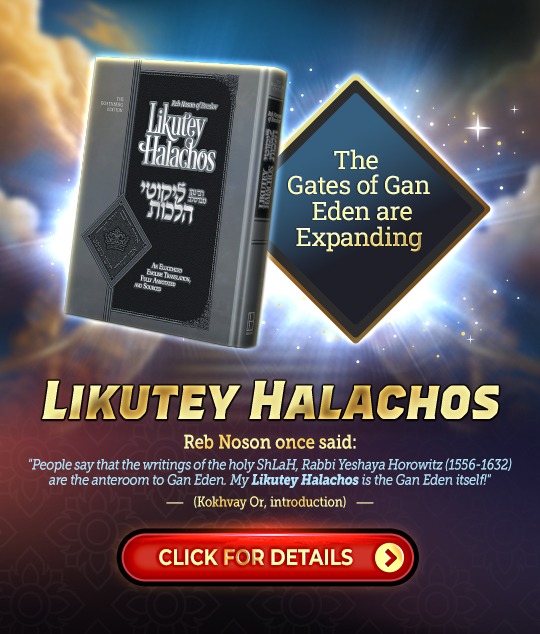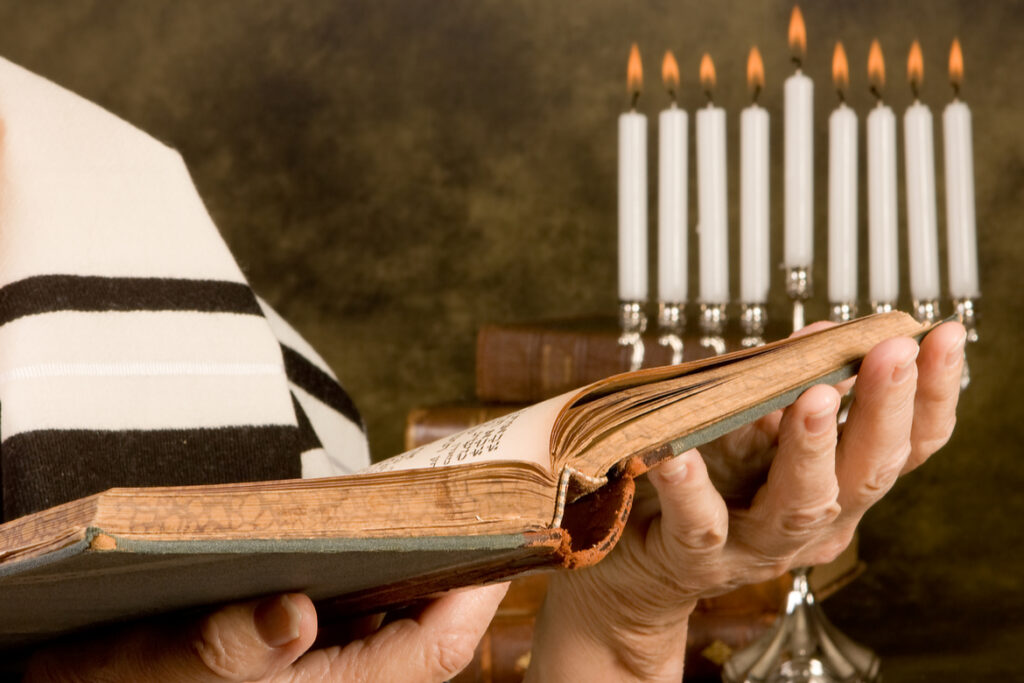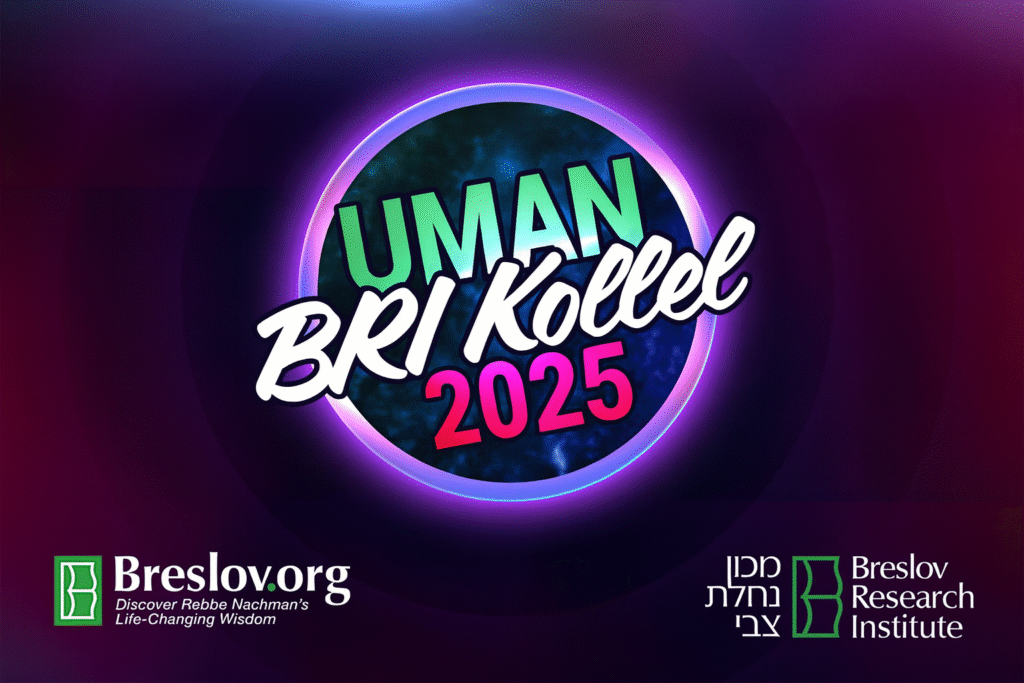Using The Tzitz
The Power of the Tzitz
Parshat Matot-Masei presents two striking episodes involving the Tzitz, the golden plate worn on the forehead of the Kohen Gadol. The Kabbalah explains that the Tzitz corresponds to the Keter, the crown-like spiritual interface between the Infinite Light of Hashem and the rest of creation. Just like the Keter, which contains three layers culminating in its upward-facing points (kotzim), the Tzitz channels a level of light that is beyond our natural capacity. It represents salvation and clarity that come only through miracles.
The numerical value of “HaTzitz” (הציץ) equals 196—the same as Kotz (קוץ), the pointy tip of the Keter—further affirming this connection.
When Moshe commands the people to exact revenge against Midyan for seducing the Jews into immorality, Pinchas is appointed as Mashuach Milchamah and leads the battle. Though Elazar the Kohen Gadol was not present, Pinchas carried the Tzitz, which became crucial in two supernatural confrontations.
Exposing Evil Through Holiness
As the battle raged, Bilaam and five Midyanite kings tried to escape by flying through sorcery, but Pinchas raised the Tzitz. The holy Name of Hashem inscribed on it shone so powerfully that it forced them down and nullified their dark magic.
Later, when the soldiers returned from war with captive women, Moshe was outraged—these were the very women who had led to Israel’s downfall. They were ordered to execute all women who had engaged in relations and also those girls who were over the age of three. But how could they know which girls were over three years old? Again, the Tzitz served as a spiritual detector. Girls over three turned pale or green in front of the Tzitz.
These scenes highlight a key teaching: the Keter’s power is not in logic, but in revelation. When the world descends into confusion or impurity, it’s the light of the Tzitz—the light of the Keter—that clarifies, cuts through illusion, and restores Divine order.
In a world corrupted by immorality—where we don’t know what to think or how to act—the only path forward is to yearn for Hashem with all our might
Activating the Tzitz in a World of Confusion
The Zohar reveals that Balak and Bilaam together activated the power of Amalek. How? Their names themselves contain the letters that spell out Amalek (ל’ ק’ ע’ ם’), and they consciously joined forces to unleash this destructive energy, which Hashem commands us to utterly erase. Hashem warns us: do not seek good where there is none. Compassion in the wrong places leads to spiritual defeat. This is why Midyan had to be completely destroyed—men, women, even girls above a certain age. Their evil had no redeeming spark.
Why the Tzitz?
In such a dangerous spiritual battle—where powerful sorcerers were literally flying in the air, using the deepest forms of black magic—the Jewish soldiers needed help from a level beyond reason. The Tzitz, bearing Hashem’s four-letter Name, served that purpose. Pinchas, acting on Moshe’s instruction, used the Tzitz to bring down the sorcerers, despite their elevated position and magical strength. The Keter, which the Tzitz represents, taps into Hashem’s Infinite Light, overpowering evil that would otherwise be undefeatable.
Likewise, the Tzitz was used to determine which girls were over the age of three—a line the Torah takes very seriously in terms of moral and halachic responsibility. These were matters too subtle for human judgment, and the Tzitz was the tool to reveal the truth.
The Tzitz in Our Lives
This powerful image teaches us something deeply practical: when you’re faced with confusion, darkness, and frustration—where even your best efforts can’t clarify what’s right or wrong—you must turn to a higher light. That’s the spiritual Tzitz. It can be activated even today, says Rebbe Nachman, through deep yearning. The very word Tzitz means to peek, like someone desperately looking through a crack, longing to see more. That thirst, that tzachtzachot, awakens Divine clarity and guidance.
In a world corrupted by the immorality Midyan unleashed—where we often don’t know what to think or how to act—the only path forward is to yearn for Hashem with all our might. This spiritual longing activates the light of the Keter and guides us through the darkest of times.
May we merit to reveal the Tzitz in our lives, access the Infinite Light of Hashem, and walk with clarity, purpose, and holiness.
Shabbat Shalom.
Meir Elkabas
- 0 comment



